Our Mission
Our mission is to expand the bee population while improving the health of honeybees and other pollinators here in Denver and around the world. Our locally certified beekeepers install and manage hives on your property and use the data we collect to drive the science of pollinator health forward with scientific partners that include Urban Beekeeping Lab, NASA, MIT and National Geographic.


Hive Programs for Commercial Properties
We offer innovative solutions that can help bring your corporate sustainability programs to life. These include the highest standards on beekeeping, as well as developed workshops and programs that will engage your community—employees, guests, tenants, community leaders and the public—in your sustainability work.
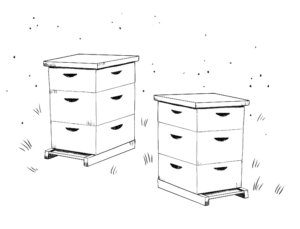
Commercial Services
Beekeeping for Your Residential Backyard
If you’d like to save bees, build a healthier environment, pollinate your garden, and have your own honey harvest, then our residential service is perfect for you! We offer turnkey beekeeping, honey harvesting, and DNA analysis designed for homeowners in a wide range of environments. Regardless of the size of your property—whether you garden on a balcony, or have acres of land, we can set up and tend a hive—or several hives—for you.
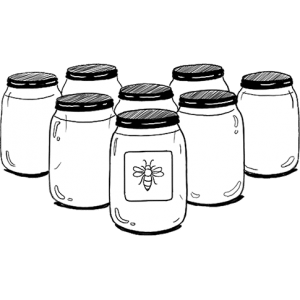
Residential Services
Beekeeping Education
![]()
We offer a number of for-fee educational programs that have proven popular with commercial clients, schools, gardening clubs and organizations promoting sustainability.
Pre-recorded and live hive tours
Experience a guided tour as one of our bee experts takes you on a walk-through of your hive visits and inspections. Get a glimpse of the busy life of bees and learn more on how to keep tenants engaged with their local environment. Live tours are available for up to 20 participants.
Meet an expert beekeeper
Participate in a beekeeper-led webinar and Q&A session. This virtual event is a great opportunity to learn about your bees through the lens of a beekeeper. We’ll discuss the data collected from your beehives, why bees matter, and what it's like to take care of your bees.
Virtual keynotes
Gain insight into the world of bees with our Chief Science Officer and Founder, Dr. Noah Wilson-Rich. Noah's knowledge of honeybee health and his passion for bee research will leave your audience spellbound, and with a wealth of new insight about our natural world. Our virtual keynote package includes signed copies of The Bee: A Natural History.
We also offer free and open online programs, such as live meetings with beekeepers and educational webinars.
How Professional Beekeeping Works
Since we first set up operations in Denver in 2016, the knowledge and expertise of our beekeeping and customer service teams has helped us build a loyal following among both our commercial and residential customers here in the Denver Area.
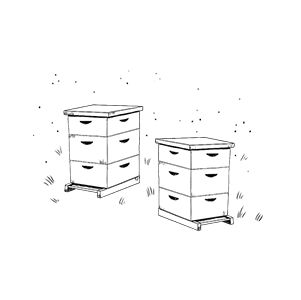
Installation
We help you choose an ideal location to establish one or more beehives at your home or workplace.
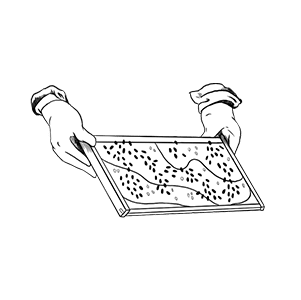
Maintenance
Our impassioned and experienced beekeepers service your beehives once a month, providing high-quality care and detailed reports.
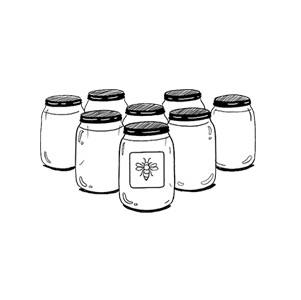
Harvesting
You keep 100% of the raw honey produced. We’ll handle the rest— small batch extraction and bottling with personalized labels.

Research
At every visit, we collect data and share it with our research partners to advance the science of beekeeping and improve the health of pollinators worldwide.
Safe
Our honeybees, Apis mellifera ligustica, are the most docile species of honeybees, making our hives extremely safe and the instance of stings very unlikely.
Insured
We have a full insurance policy and can provide a Certificate of Insurance (COI) easily.
Experienced
Our beekeepers are trained to work safely in densely populated urban areas. This includes on balconies, rooftops, and skyscrapers.
Beekeeping Laws in Colorado
Unlike many Western states, Colorado does not require hive registration. Beekeeping laws can vary by municipality. Denver and Boulder are very bee-friendly. Englewood has strict regulations as to the number of hives you can keep on your property.
All of our beekeepers are locally licensed to use pesticides and are certified for safe roof-top work.
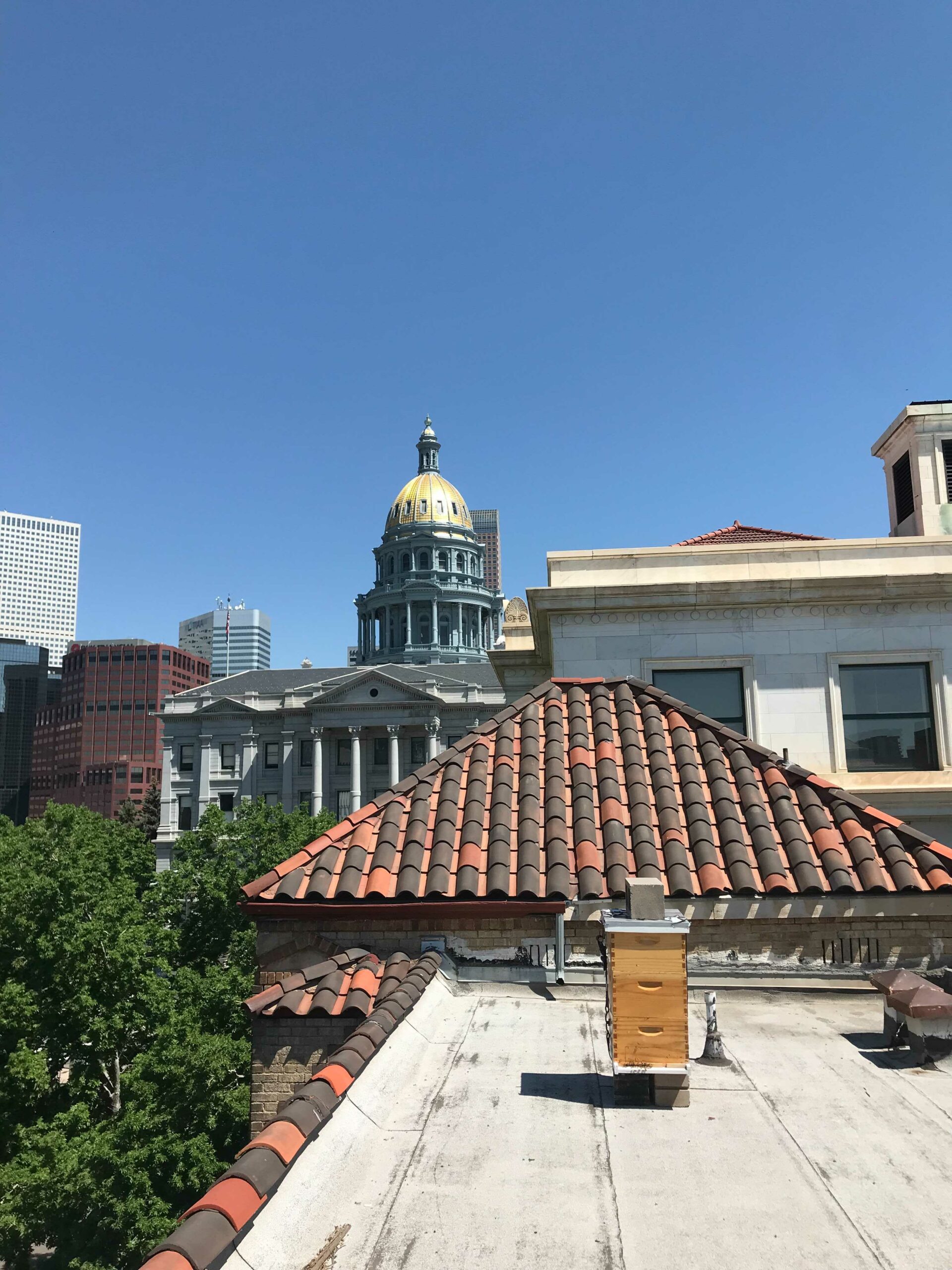
Denver Service Area
We service hives throughout the Greater Denver Area and within a 90 miles radius of the Denver city center including the following counties:
Larimer
Weld
Boulder
Broomfield
Clear Creek
Adams
Morgan
Arapahoe
Denver
Teller
Douglas
Jefferson
Elbert
Gilpin
El Paso
What's Included
- Site Evaluation
- Hand-crafted, all-natural beehive equipment installed onsite
- A colony of docile honey bees (Apis mellifera ligustica)
- Monthly maintenance visits and follow up reports
- Advanced scheduling so you can alert your team
- Full-time customer service team available by phone or email
- Raw honey, harvested and bottled just for you
- Replacement colonies provided at no cost
- Fully insured professional service
About Local Honey
Honey production varies from colony to colony, depending on the strength of the Queen, the health of the hive and the availability of nourishment. New colonies tend to produce less honey than established ones. When there is a surplus of honey, we will harvest and jar it for you.
The composition and flavor of honey varies from hive to hive as well, depending on the floral species available to pollinate. This means that honey from your hive will have a unique profile. Tasting it, you are tasting the composite of all the flowers your bees have visited!
In our studies of honey DNA, we’ve found that honey from urban hives includes a much wider range of species—as much as eight times more than honey from rural and suburban hives!
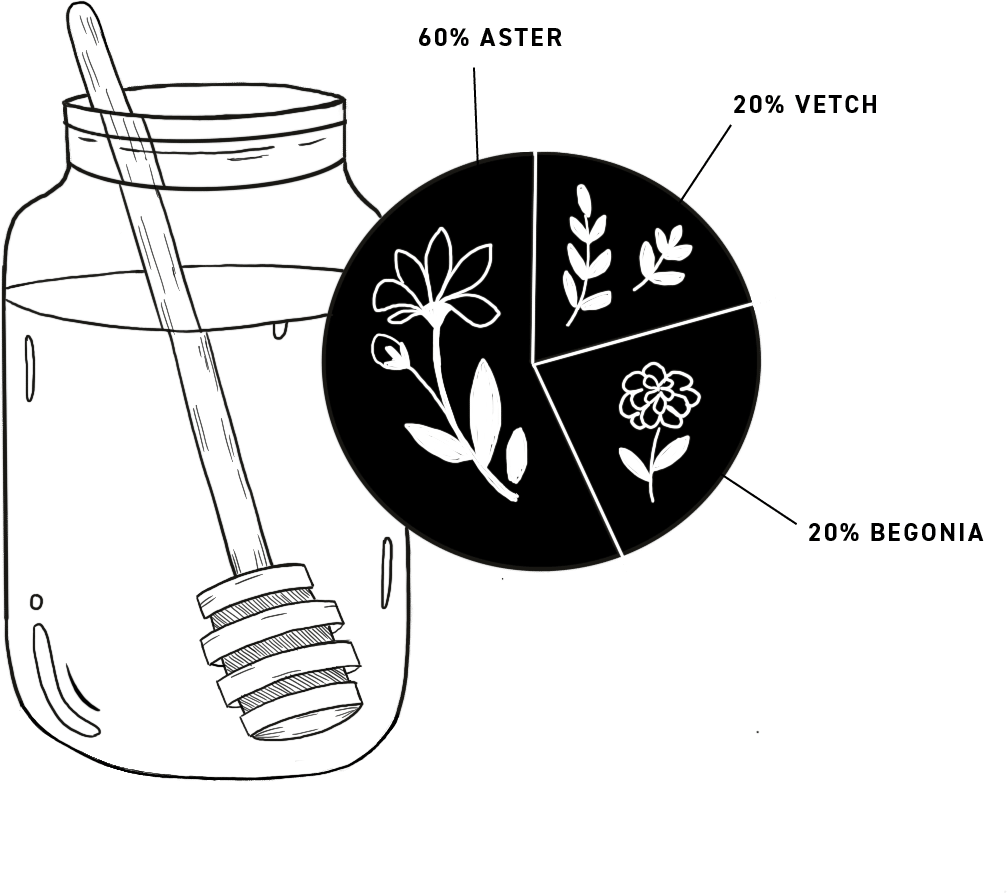
HoneyDNA
We pioneered the process of identifying the exact percentage of various pollen species found in honey through advanced genomic sequencing. Understanding where bees foraged reveals which plants best feed pollinators in the local environment.
Already Have a Hive?
At Best Bees, we’re proud to be a part of the local beekeeping community in every area in which we work. If not already a member of either the Colorado Beekeepers Association or DenverBee, we encourage you to join. You can learn more about them by heading to Colorado Beekeepers Association and DenverBee.
Join our Citizen Scientist movement! Here are some ways you can participate:
- Plant more pollinator habitats on your property
- Use bee-safe pesticide alternatives
- Get involved in local and national lobbying
- Submit your honey for HoneyDNA
You can also post your data to bee Citizen Science programs like iNaturalist, The Great Sunflower Project, and Beecology Project.
We gladly share the learning from our research and our best practices with everyone. To learn more about the findings of our research work, visit our White Papers Page.
To watch one of the TED Talks by our Founder and Chief Science Officer Dr. Noah Wilson-Rich, visit our Research page https://bestbees.com/research/. To stay abreast of our latest thinking, read our blogs at https://bestbees.com/blog/.
Unique Challenges and Opportunities to Beekeeping in the Denver Area
Colorado has a long history of beekeeping and honey production. In the early 1900’s bees were brought in to pollinate the field and orchard crops of a booming agricultural economy. There were an estimated 100,000 hives producing more than 6 million pounds of honey at the time. With a strong environmental movement in the area, beekeeping is experiencing a renaissance in Colorado, with more than 38,000 hives managed by both commercial and hobbyist beekeepers. To learn more about the growth of beekeeping in Colorado, read our blog Beekeeping in Colorado: A Reemerging Trade.
The region is blessed by much green space—open rangeland to the east, agricultural communities to the north, and mountains, including national parks, to the west. There’s a strong environmental ethos in the area, and with it many initiatives to promote greenspace, including native plants. Boulder, especially, encourages residents and business to plant native pollinator gardens.
“People in the community really value nature and want to do what they can to help pollinators.” says Denver Best Bees Beekeeper Samantha Schloeman, “It’s very positive being part of a greener Front Range future.”
The combination of dry climate, high elevation, and abundant green space make the Denver area a great place for all kinds of pollinators—the area is home to over 900 species of native pollinators. At Best Bees, we experience some of our highest overwinter survival rates in the Denver area!
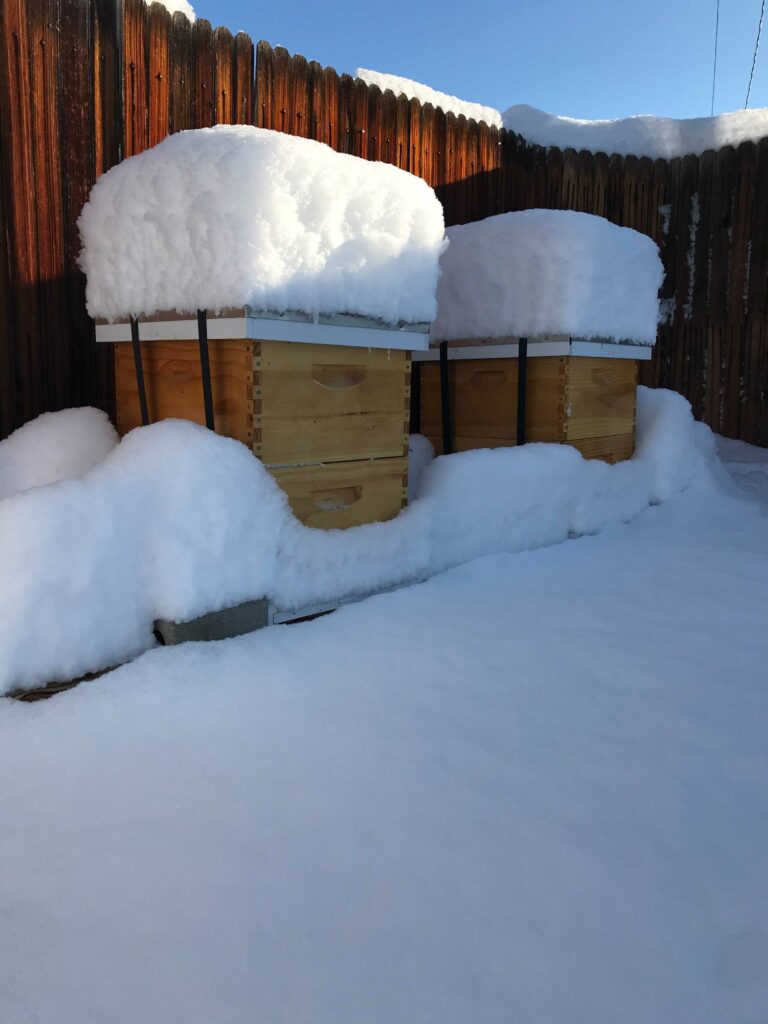

Bringing innovative beekeeping practices to the Denver Area
With every hive a datapoint, we’re able to observe bees in a wide variety of conditions and test alternative treatments in hives across the country. This allows us to introduce successful innovations to Denver and take learning from our Denver hives to other cities.
Frequently Asked Questions
We install and maintain honeybee hives on your property. Our expert beekeepers monitor the health of your bees and perform a variety of tasks throughout the year to help them thrive. At each visit, we also capture a range of metrics and share the data with renowned research partners to help the scientific community better understand the plight of pollinators. Towards the end of the season, we extract the honey and jar it for you.
About once per month for our Denver area hives. If your bees are distressed and need extra support, supplemental visits are included. We coordinate each visit in advance and send a summary report afterward.
Only a few square feet! A beehive takes up as little as 2’ x 2’ x 3’. Our beekeepers need a few feet around the hive to access it, and the bees’ flight path will need to be unrestricted.
In the Denver area, we typically install hives when all threat of winter has passed, which is typically in April and May. Installations after June are accommodated on a case-by-case basis, depending on our inventory levels.
We fully guarantee the health of our bees and queens. If a colony dies, we’ll replace it with a healthy one from our own stock at no additional cost. While we hope each of our hives will thrive for years to come, the reality is that pollinators are still dying at an unprecedented rate.
Our Boston-based headquarters is staffed full time and available Monday through Friday during work hours by phone or email to answer any questions. When a colony requires extra attention, additional visits are made at no cost to you.
Yes, we provide a range of event support packages for our commercial clients. See Hive Programs for Commercial Customers for details.
Green roofs earn credits toward a building’s LEED (Leadership in Energy and Environmental Design) certification. Green roofs provide vegetation for water control, wildlife habitat, and better urban air quality. Honeybees can help maintain the green roofs that are becoming more common in big cities and thus contribute to a building’s LEED rating.
We service hives in the following counties: Larimer, Weld, Boulder, Broomfield, Adams, Morgan, Arapahoe, Denver, Douglas, Jefferson, Elbert, Gilpin, Clear Creek, Teller, and El Paso.
We handle visit scheduling for you. We’ll contact you at least 72 hours in advance via email.

